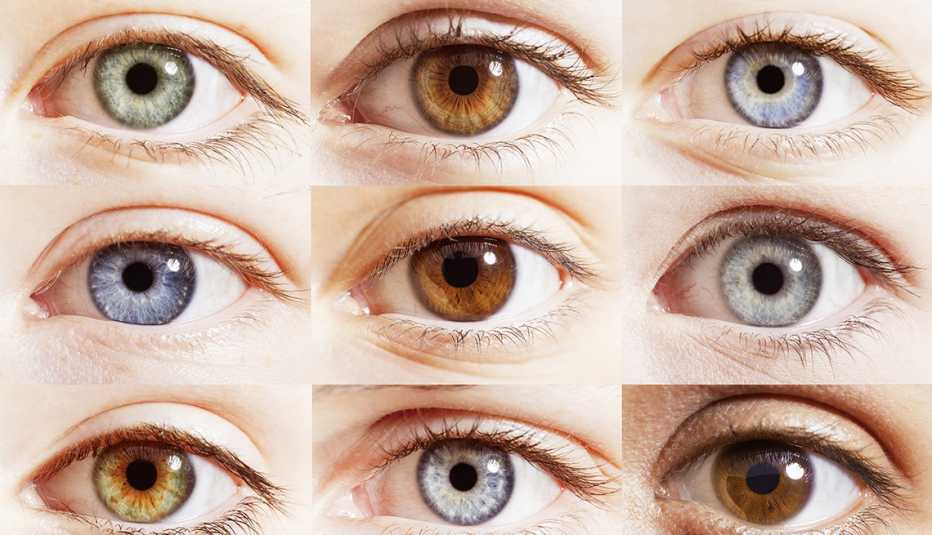What Your Eye Color Can Say About Your Health

Your eyes are said to be the window to your soul — but they may also be a window to your health. Your eye color may signal a predisposition to certain medical conditions, such as skin or eye cancer. And while actual changes in eye color are rare, they can also indicate an underlying health disorder that needs to be addressed. “Eyes can appear to change color due to an undiagnosed disease, a new medication or even trauma,” says David Silverstone, M.D., a professor of ophthalmology at the Yale School of Medicine. Sometimes, he adds, it’s due to an actual change in the iris, the colored part of your eye, and sometimes it’s due to something going on in another part of your eye that appears to change the eye color.
Here’s a look at what your eye color can mean for your health.
Can eye color predict your health?
Your eye color may offer some clues about how likely you are to develop certain cancers, or certain forms of eye disease, later on. Here’s what the research shows:
Those with lighter eyes have higher skin cancer risk.
A 2022 study published in Cancer Causes and Control that looked at more than 35,000 men found that, compared to people with dark eyes, those with hazel, green or blue eyes had higher risk of basal cell carcinoma and squamous cell carcinoma, two of the most common forms of skin cancer. The men with hazel or green eyes had a 24 percent higher risk of squamous cell carcinoma, while those with blue eyes had a 19 percent higher risk. People who have less pigment in their eyes tend to have less pigment in their skin, which raises risk of skin cancer, says Davinder Grover, M.D., a Dallas ophthalmologist and spokesperson for the American Academy of Ophthalmology. Not surprisingly, other research also suggests that folks with light-colored irises (blue or green) have a higher risk of developing eye melanoma than those with darker orbs.
People with brown eyes have a lower incidence of macular degeneration and diabetic retinopathy.
Age-related macular degeneration (AMD) is an age-related condition in which a part of your retina, the macula, is damaged. This causes you to lose your central vision, so that you cannot see fine details. It’s the leading cause of vision loss in people age 50 and older. Diabetic retinopathy is a diabetes-related condition that affects the blood vessels in your retina; over time, it can cause vision loss. It may be that pigment itself offers some protection, Grover says. The American Academy of Ophthalmology says those with brown eyes have a lower incidence of both of these conditions.
To learn more about how eye color can predict your health, from AARP, CLICK HERE.
